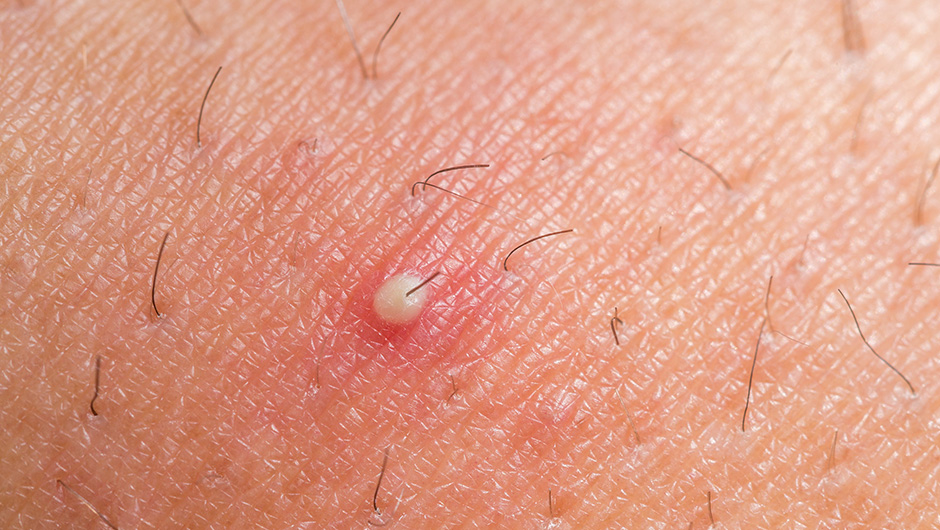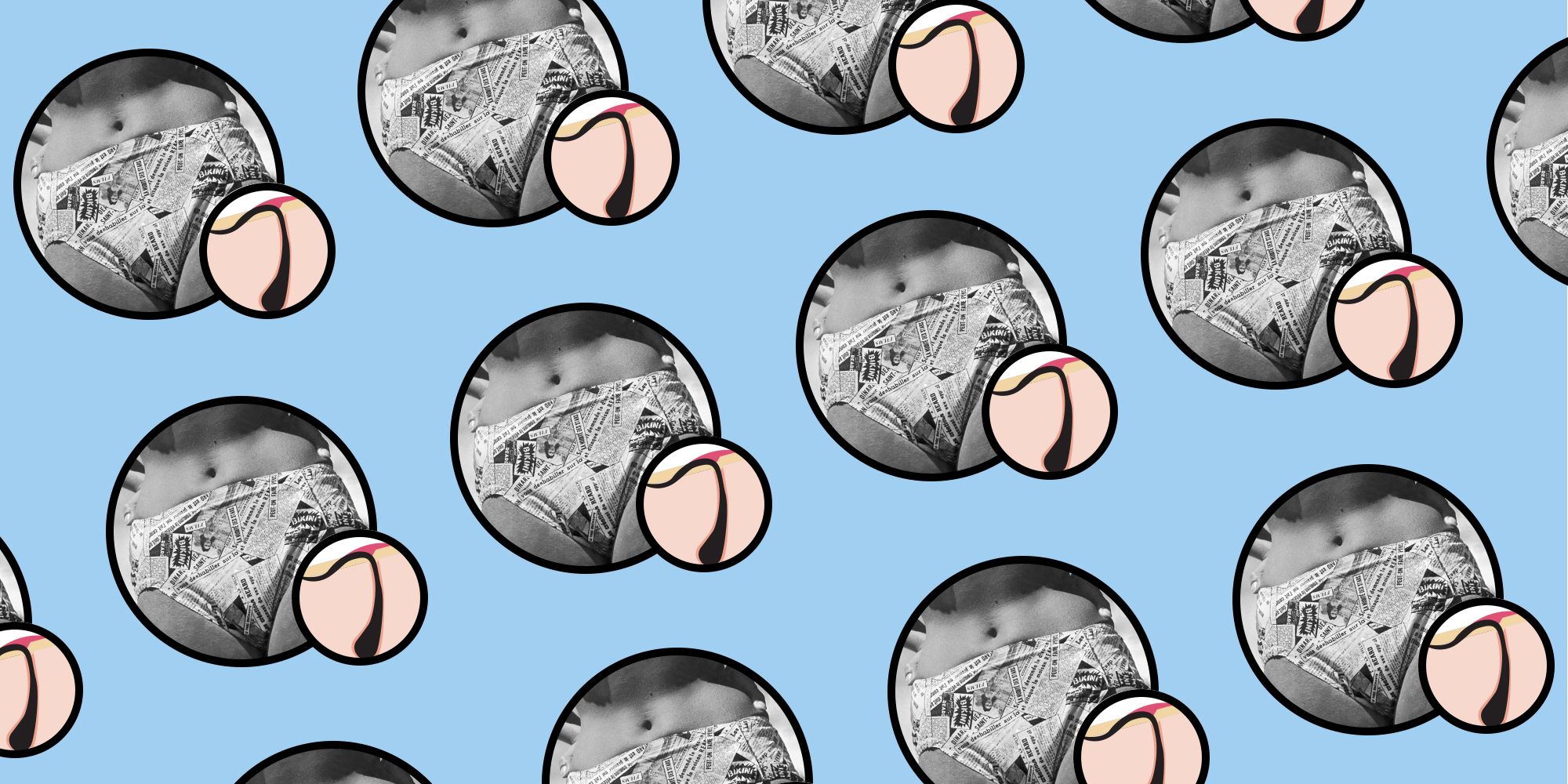Table Of Content

Just a heads up, you'll need to use it continuously to get the best, most effective results. We conducted hours of research on the best-rated ingrown hair treatments out there, evaluating each formula on type (physical versus chemical exfoliant), active ingredients, application, and effectiveness. We took into consideration different skin types and concerns, as well as how well the formula performs on delicate skin. After considering dozens of formulas and consulting with estheticians, we landed on these favorites. We know honey has soothing and antibacterial properties, and this combination of ingredients keeps follicles clear of any blockages while providing calming and moisturizing benefits to the skin.
Best for Sensitive Skin
It also absorbs into my skin quickly, so I can layer other products on top of it, like moisturizer . While the exfoliant is mainly meant for your face and neck, you can also apply it to other parts of the body post-shave. Designed for all genders, this ingrown hair treatment can help brighten dark spots and calm irritated skin and razor bumps that can develop after shaving or waxing. This formula uses glycolic acid to exfoliate the affected area and vitamin E to repair the skin that may have been damaged from a close shave. This topical solution uses salicylic acid (a chemical exfoliant) and sea buckthorn oil to address existing bumps, ingrown hairs, and razor burn while preventing more from forming. One thing to note is that it contains synthetic fragrance, which can be irritating for folks with particularly sensitive skin.
Versed Press Restart Gentle Retinol Body Lotion
Applying shaving cream five to 10 minutes before shaving can make the hair softer. This may reduce the sharp hair tips that can become embedded as ingrown hairs. Applying a warm compress prior to shaving can provide these benefits as well.
How to Get Rid of Gas Naturally (Plus Symptoms, Causes & Prevention)
One of the biggest things to note before choosing your ingrown hair treatment is to verify that it can be worn outside in direct sunlight. Many of these treatments that contain glycolic acid can make your skin more susceptible to sunburns and could cause sun damage if not used properly and worn with sunscreen. Mixing tea tree, coconut, and tamanu oils, the Fur Ingrown Concentrate can calm redness and is gentle enough on the skin that you can apply it anywhere on your body—especially on more sensitive areas. It only requires a few drops to the affected area as needed or you can help exfoliate the area with the included finger mitt. It is recommended that you use it on dry skin and it can be easily applied with a cotton ball once or twice a day as needed. After only a few uses, you should see a reduction in post-shaving redness and razor bumps.

You may be more likely to get ingrown hairs if you have coarse or curly hair. Ingrown hairs cause red, often itchy bumps where a hair has grown back into the skin. In most cases you will not need to contact your GP for treatment. How to get rid of hair bumps doesn’t have to be a complicated process. This is best done before shaving and before going to sleep at night.
A Quick Review
For severe infections, a doctor may prescribe oral antibiotics. Those on the hunt for an all-over body scrub that sloughs off dead skin to prevent ingrowns will love this all-natural physical exfoliant. It also possesses anti-inflammatory and antibacterial properties, which are two key components in combating ingrown hairs. When you shave, you cut hair level with the skin, so it’s already above the surface.

Tea tree oil is anti-inflammatory, and it has antibacterial and antiseptic properties, which is why it's found in so many acne products. It also helps to keep your skin's naturally occurring oils in check. You might have small bumps with hairs in the middle of your face and neck or on other hairy places on your body. They can be small, swollen bumps where you shave, tweeze, or wax. “If something is red or infected or really painful, then see someone emergently—even if you need to go to urgent care,” says Dr. Weinberg. They typically heal within a week or two, but sometimes they may stick around for as long as one to six months, according to Mayo Clinic.
It's not common, but you can develop a staph infection from ingrown hairs if they're not treated. Symptoms include a pimple at your ingrown hair's follicle, warmth or swelling around your ingrown hair, fever, or a general feeling of illness. If you are treating a sensitive part of the body, consider a product that utilizes a chemical exfoliant.
Ingrown hair and staph infection: Symptoms, causes, treatment - Medical News Today
Ingrown hair and staph infection: Symptoms, causes, treatment.
Posted: Wed, 21 Jul 2021 07:00:00 GMT [source]
Hussong recommends 3BWaxing Acne & Ingrown Pads first and foremost because she created them for her clients. You'll want Tend Skin Solution on your side in the battle against razor bumps. This toner-style product uses topical aspirin (acetylsalicylic acid or ASA) to soothe the skin, unclog hair follicles, and calm inflammation.
To recommend products that help prevent ingrown hairs, we chose options dermatologists recommend or ones we’ve used ourselves and meet expert shopping guidance. Since you may be looking to prevent ingrown hair on your face, body or both, we note which area each product is meant for. Experts recommend you stop shaving, tweezing, plucking, or waxing the area where you have ingrown hairs because they usually go away on their own in a couple of weeks. Trying to remove them can sometimes interfere with the healing process and cause them to last longer. You can also try other hair removal methods that are less likely to lead to ingrown hairs.
How To Get Rid of Ingrown Hairs - Expert Tips for Ingrown Hair - ELLE
How To Get Rid of Ingrown Hairs - Expert Tips for Ingrown Hair.
Posted: Fri, 26 Jul 2019 07:00:00 GMT [source]
This undesirable growth pattern of a hair growing back into the skin is more likely to occur after hair removal, including shaving, tweezing or waxing. Now, let’s get into all of the ingrown-hair treatments that have worked for me. Plus, I’ll break down exactly what causes ingrown hairs, how to treat ingrown hairs at home, and how to choose the right ingrown-hair treatment for you. An infected ingrown hair — also known as folliculitis — typically looks like a bump, a hard lump, or a cyst under the skin. The market has exploded with skin care products with different ingredients to help with ingrown hairs.
Waxing is not something you want to try if you’re hoping to avoid ingrown hairs, according to Dr. Weinberg. “With waxing, you’re certainly going to have more of a problem. Shave in the direction your hair naturally grows and rinse off the blade following each stroke. The more often you replace the blade, the less likely you are to experience cuts and irritations like ingrown hairs.
Problematic pubic hairs can be cut short instead of removed entirely to help prevent ingrown hairs. There are also a few products and treatments available to prevent these ingrown hairs. You should consult a dermatologist about ingrown hairs if you get them persistently or if you get many in one area, Chang says. They may recommend a more permanent hair removal method, like laser hair removal or electrolysis, she says. And if you develop a red bump and are unsure about its diagnosis, see a medical professional before attempting to treat or diagnose it at home. The antimicrobial qualities of the oils can help cleanse the area and prevent further ingrown hairs from developing.

No comments:
Post a Comment